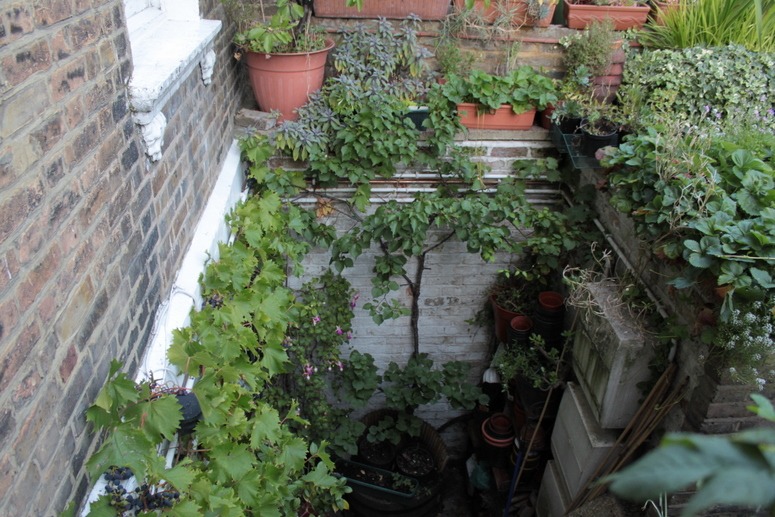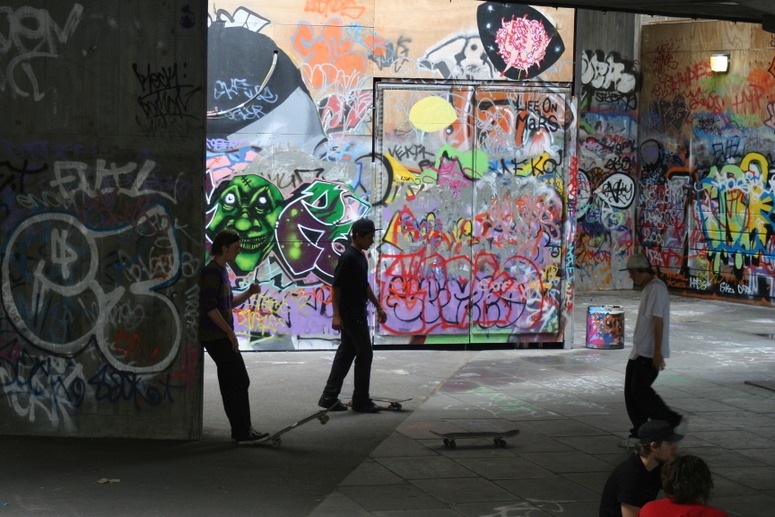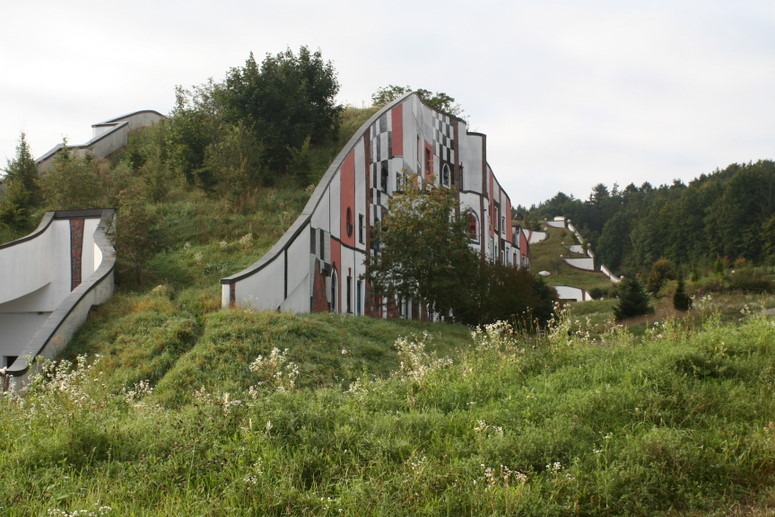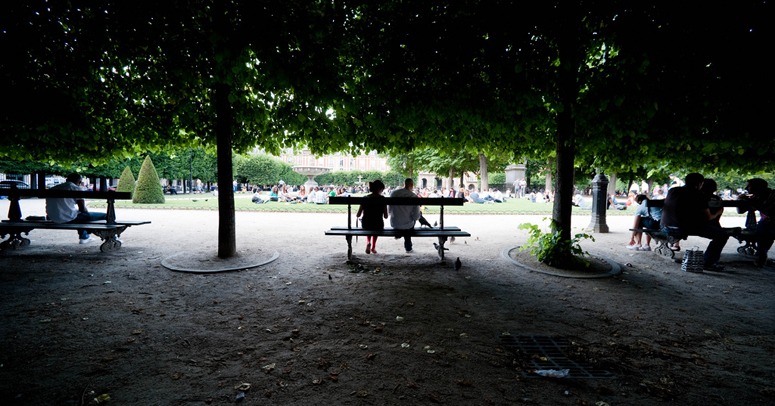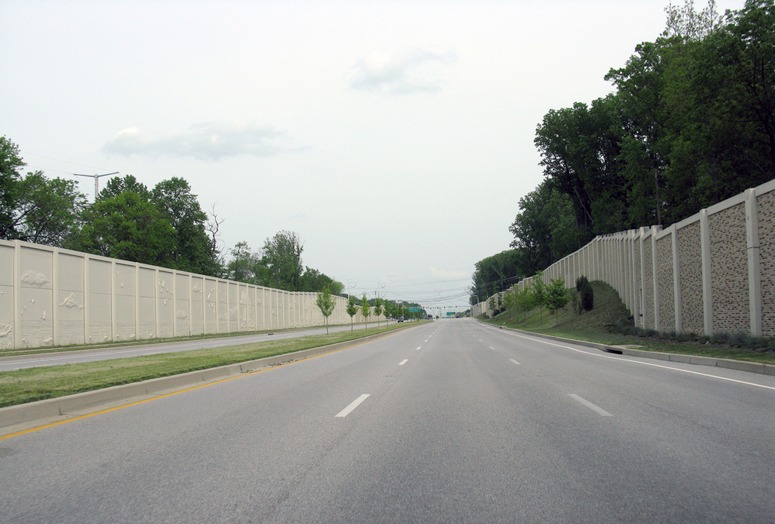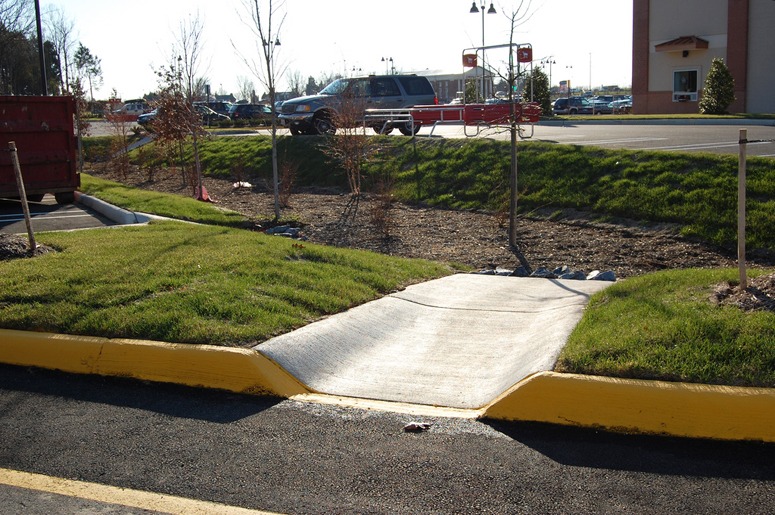Cities can, should and will, I believe, become much more productive of food. A friend whose paved ‘garden’ measures about 20 sq meters is self-sufficnent herbs and in summer fruits. He has 16 fruit trees, all grown in pots, and produces strawberries and other fruits with a flavour far superior to supermarket food. He does not have to worry about chemical sprays. He contributes to the balance of payments. NO energy is required to transport the produce. His plants take in carbon dioxide and give off oxygen. The vitamens do not have time to decay in storage. There is no need for a refrigerator or deep freeze to store the food. Tending the plants is good exercise. He provides ‘visual policing’ for the community while doing the work.
Why don’t more people grow their own food? Because most cities are not planned for urban agriculture, unless they are in Cuba.

